Sitol® Marine
Fast hardening adhesive-sealant based on hybrid polymers with high initial adhesion.
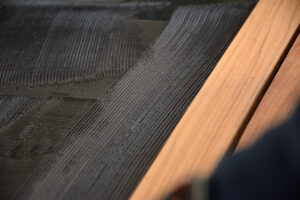

Variations
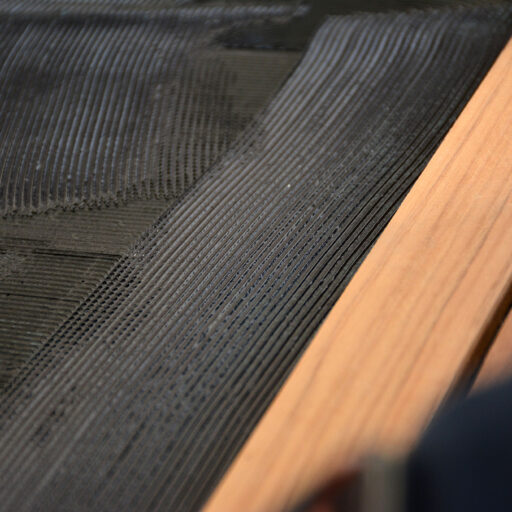
Application areas
Discover more
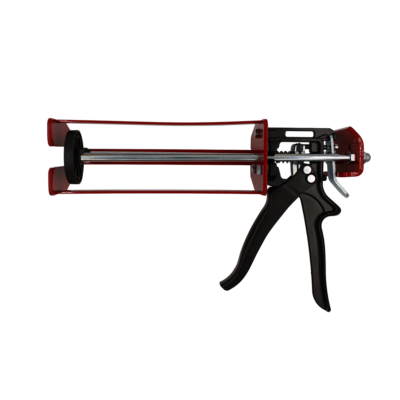
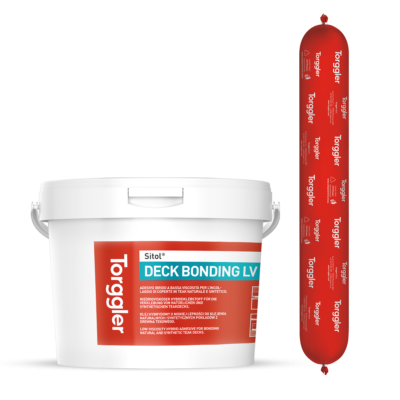
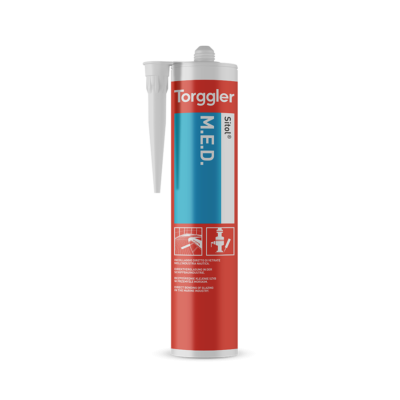
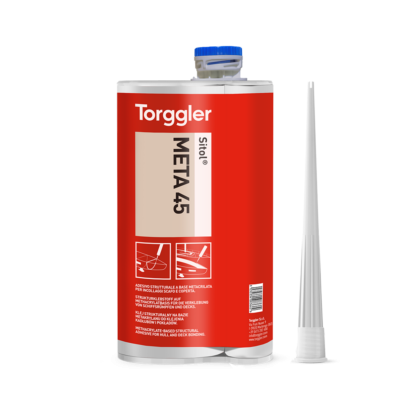
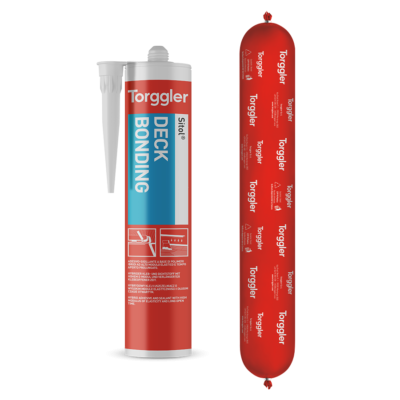
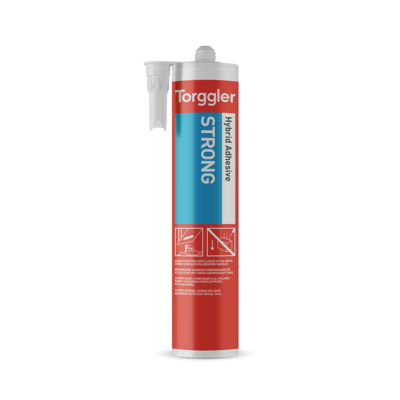
Sitol® Marine is a high-quality, professional adhesive-sealant based on hybrid polymers, certified by IMO MED. It hardens by reaction with moisture to form a permanently elastic mass. It has rapid hardening and high initial adhesion, permanent elasticity from -40 to +100 °C. Absorbs vibrations and acoustically insulates bonded elements. It is resistant to UV radiation, ageing in general, chemicals and salt water. It does not shrink, it does not crumble. Solvent and isocyanate free. It adheres without primer to typical materials of the marine industry, natural and synthetic, smooth and porous, even wet, provided they are clean, degreased and compact. It adheres to wet or immersed substrates. Sitol® Marine complies with the MED Directive and is certified by IMO Resolution MSC.307 (88) – Fire Testing Procedures Code (FTP Code 2010) – An. 1, part 5.
It also meets the European requirements for CE marking of sealants for applications on exterior and interior envelopes, pedestrian walkways and in environments constantly exposed to water.
The application temperature of both environment and materials can vary between +5 °C and +40 °C (ideal temperature between +15 °C and +25 °C). The substrates must be solid, clean and free of oil or dust.
As an adhesive:
As a sealant:
Tools cleaning
In the plastic status of the sealant, using acetone or other solvent; after hardening, only mechanically.
Sitol® Marine must be stored in a dry and cool environment. Under these conditions, storage stability is at least 12 months. Avoid humid environments, heat sources and direct exposure to sunlight. Cartridges that are not completely used can be stored for about 3 months if closed tightly.
| Color | Code | Packaging | Packaging size | Pallet | Barcode |
|---|---|---|---|---|---|
| White 9016 | 8328 | cartridge | 12x290 ml |
104 cardboards
|
|
| Grey 7038 | 8329 * | cartridge | 12x290 ml |
104 cardboards
|
|
| Black 9005 | 8330 | cartridge | 12x290 ml |
104 cardboards
|
|
| White 9016 | 5710 * | foil bag | 20x600 ml |
36 cardboards
|
|
| Black 9005 | 5711 * | foil bag | 20x600 ml |
36 cardboards
|
Typical sealing and bonding on yachts and boats on deck/hull and below deck on wall, floor and ceiling.
| PARAMETER AND METHOD | VALUE |
| Density (ISO 1183-1) | 1.65 g/ml |
| Application temperature | +5 to +40°C |
| Surface cross-linking time (MIT 33*) | 20 |
| Hardening speed from outside to inside at 23 °C (MT 32*) | 3 mm in 24 h |
| Operating temperature | -40 to +100, with short peaks at +120 |
| Surface hardness (ISO 868) | Shore A 50 |
| Elongation at break (DIN 53504) | 270 % |
| Tensile strength at break (DIN 53504) | 2.6 MPa |
| Modulus of elasticity at 100 % (DIN 53504) | 1.8 MPa |
| Maximum working elongation (ISO 11600) | 20 % |
| Odour after cross-linking | None |
* Torggler Internal Methods are available on request.
Contact our team for personalized support and product guidance.